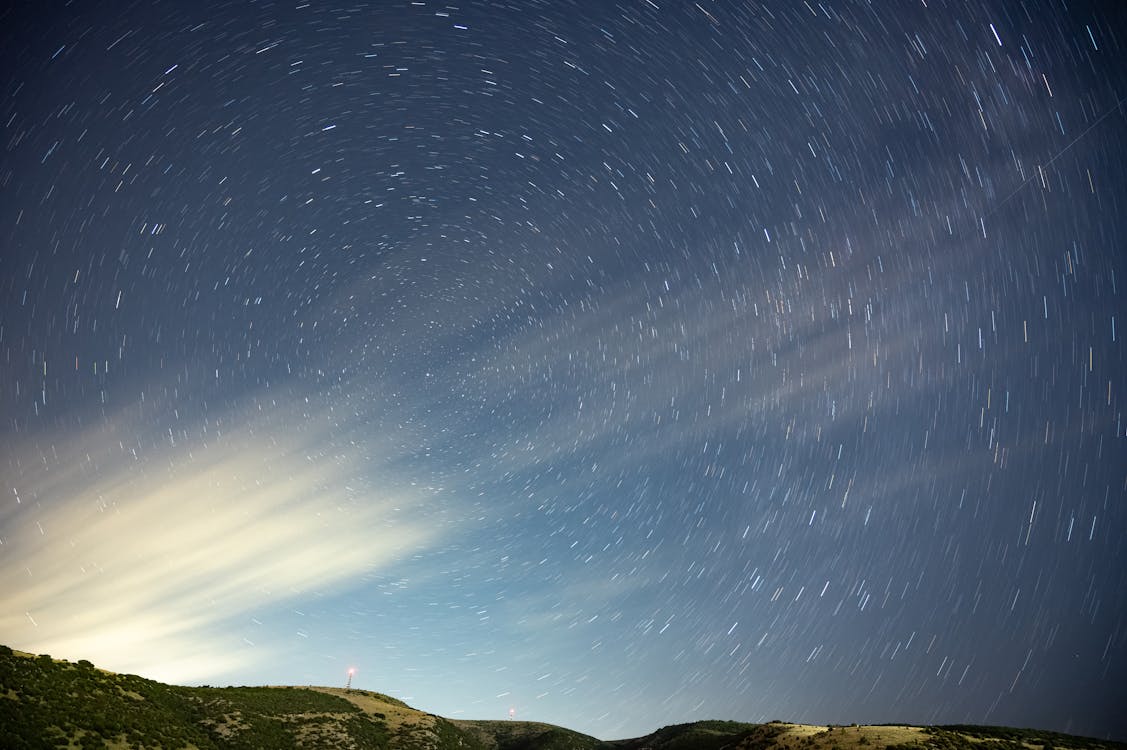Stars: Types (Main Sequence, Red Giants, White Dwarfs, etc.), Life Cycle, and Characteristics

Here's an overview of stars, including their types, life cycle, and characteristics:
Types of Stars:
1. Main Sequence Stars: Fusion of hydrogen into helium in the core, releasing energy through nuclear reactions. (e.g., Sun)
2. Red Giants: Expanded stars that have exhausted hydrogen fuel, fusing helium into heavier elements. (e.g., Betelgeuse)
3. White Dwarfs: Hot, compact remnants of stars that have shed their outer layers. (e.g., Sirius B)
4. Neutron Stars: Extremely dense, spinning stars formed from supernovae explosions. (e.g., Crab Nebula)
5. Black Holes: Regions of spacetime where gravity is so strong, not even light escapes. (e.g., Cygnus X-1)
6. Brown Dwarfs: Objects that don't sustain nuclear fusion, often referred to as "failed stars."
7. Variable Stars: Stars that change brightness due to various reasons (e.g., pulsations, eclipses).
Life Cycle of Stars:
1. Protostar: Formation from a collapsing molecular cloud.
2. Main Sequence: Fusion of hydrogen into helium in the core.
3. Red Giant: Expansion and helium fusion.
4. White Dwarf: Shedding of outer layers, leaving a hot core.
5. Neutron Star/Black Hole: Supernovae explosion, forming a dense remnant.
6. Supernovae: Explosive death of a star, expelling elements into space.
Characteristics of Stars:
1. Mass: Determines the star's life cycle and fate.
2. Luminosity: Energy output, affecting the star's brightness.
3. Surface Temperature: Determines the star's color and spectral type.
4. Radius: Size of the star, influencing its luminosity and life cycle.
5. Composition: Elements present in the star, affecting its evolution.
This summary covers the main types of stars, their life cycle, and key characteristics.
✍ Share Your Knowledge with Our Community!
get rewards for paying bills
upto ₹250 off when you pay your first bill on CRED
